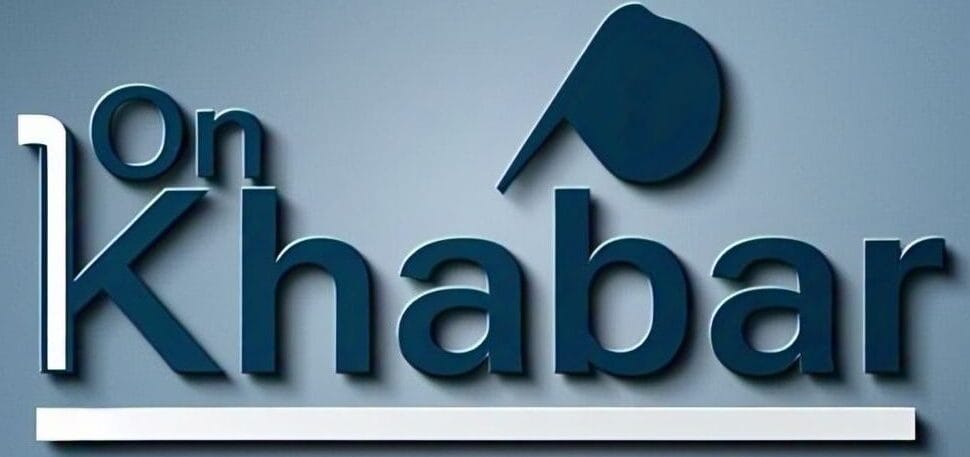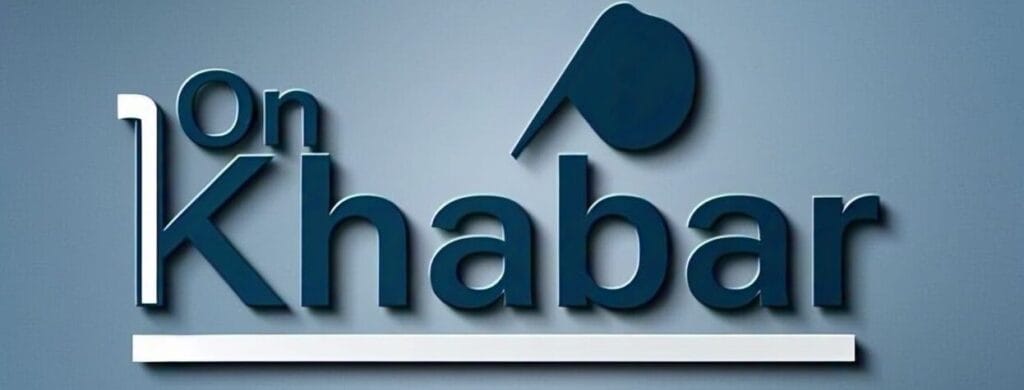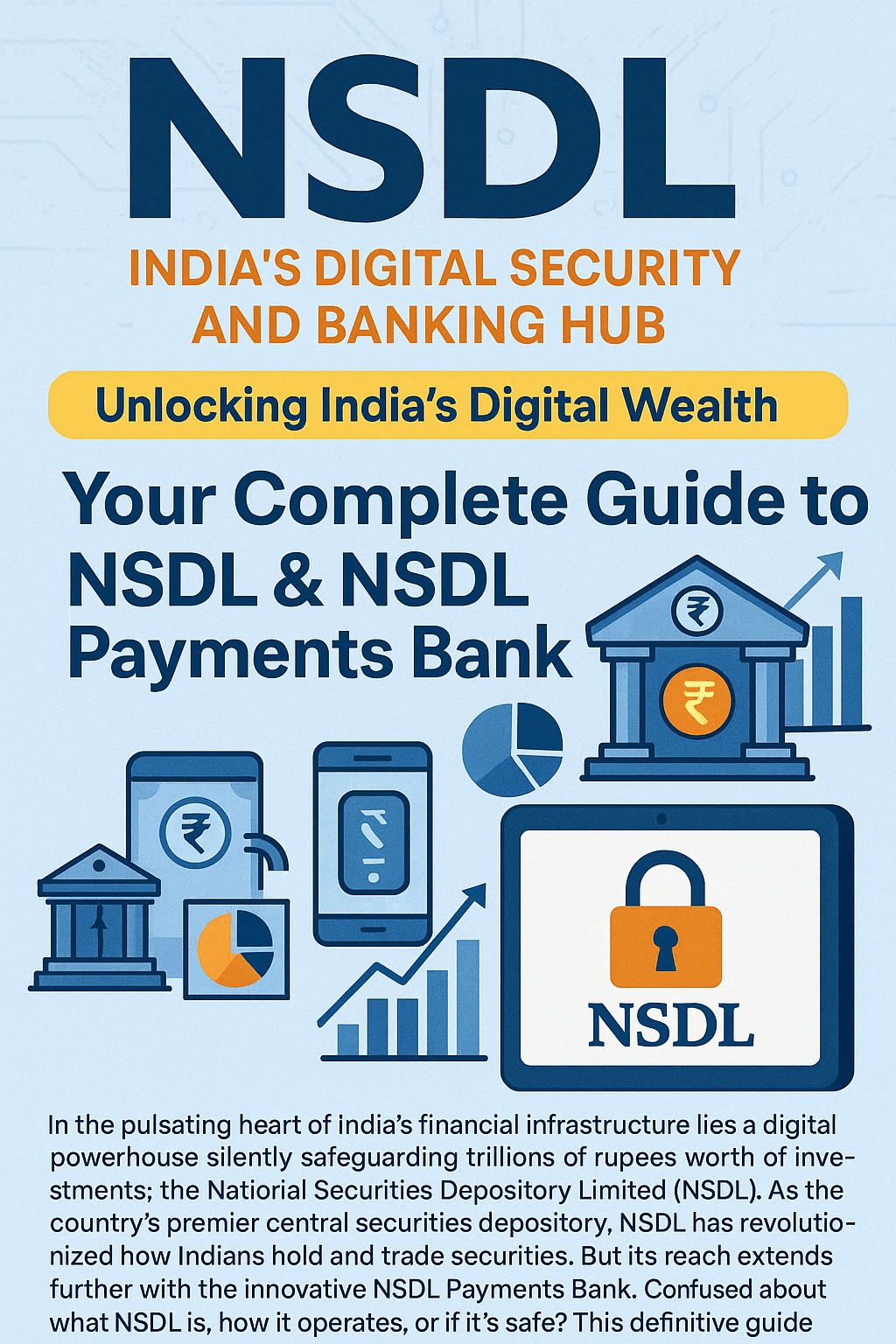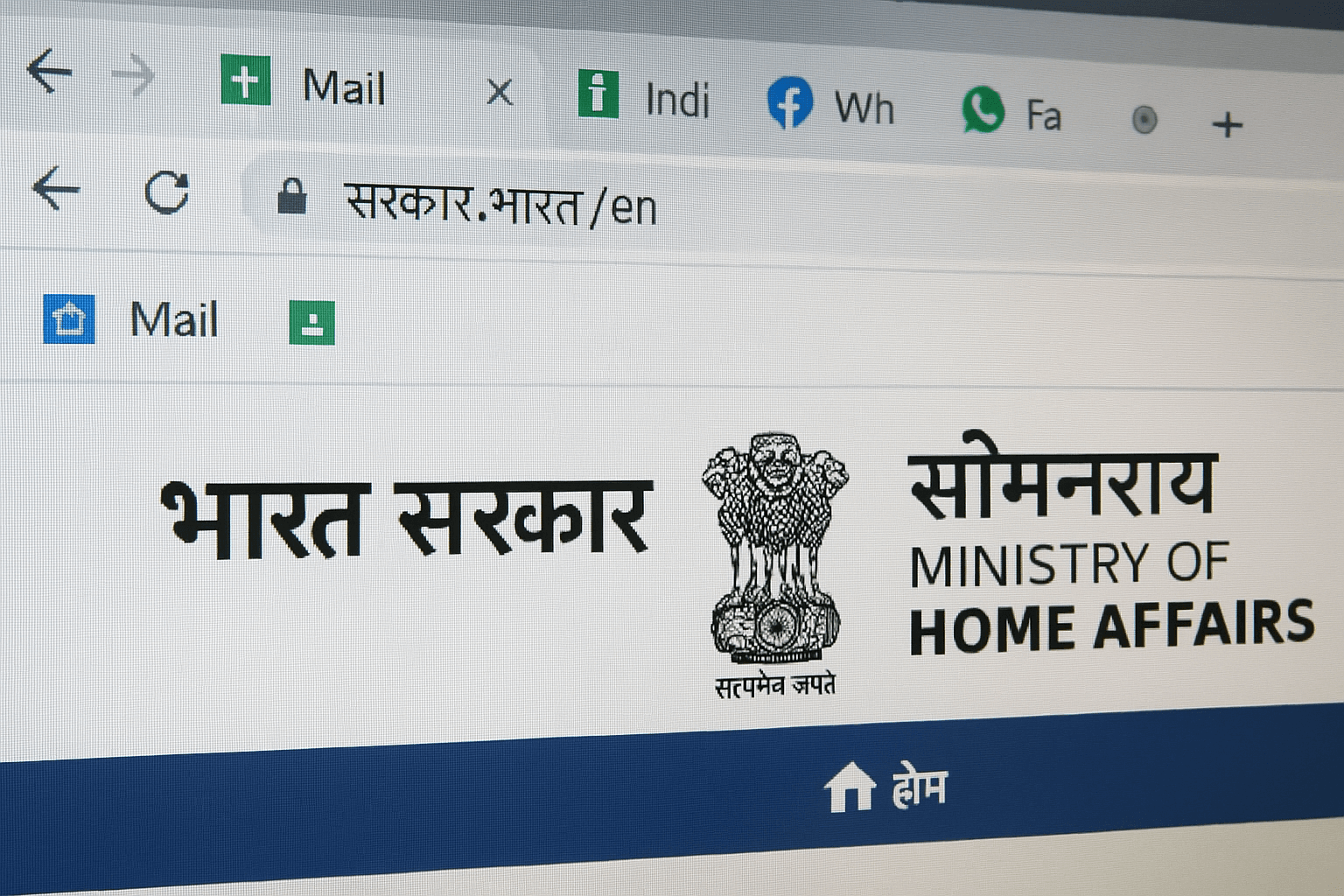
Did you know that over 90% of India’s population prefers consuming content in their native languages, yet the internet remains dominated by English? For millions, this language barrier has long hindered access to critical government services and information. In a groundbreaking move, the Indian government is bridging this gap by adopting Hindi web addresses and transitioning to the .Bharat domain—a leap toward creating a truly inclusive digital India. This blog explores how this shift empowers non-English speakers, breaks down technical barriers, and redefines internet accessibility in 22 Indian languages.
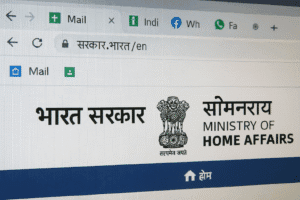
1. The .Bharat Domain & Hindi URLs: A New Era of Digital Inclusion
The Indian government is replacing the traditional .in domain with .Bharat, a multilingual domain supporting 22 Indian languages, starting with Hindi. Now, citizens can access key ministries like the Home Ministry by typing गृहमंत्रालय.सरकार.भारत instead of mha.gov.in. This initiative, part of the Universal Acceptance (UA) movement, ensures that non-English speakers no longer need to rely on transliterated URLs.
By embracing Internationalised Domain Names (IDNs), India is addressing a decades-old limitation of the Domain Name System (DNS), which was built on English-centric ASCII codes. The .Bharat domain allows URLs and email IDs in native scripts, marking a historic shift in how Indians interact with the web.
2. Breaking Language Barriers: The Technical Revolution Behind IDNs
Since the 1980s, the internet’s backbone—the DNS—could only recognize English characters, sidelining billions of non-English speakers. The introduction of IDNs changes this narrative. These domains use Unicode to convert non-English scripts into compatible formats, enabling browsers to display Hindi, Tamil, or Telugu URLs seamlessly.
For instance, typing गृहमंत्रालय.सरकार.भारत directs users to the Home Ministry’s bilingual site. This technical breakthrough, driven by the Ministry of Electronics and Information Technology (MeitY), ensures that even those with limited tech literacy can navigate the web in their mother tongue.
3. Empowering India’s Non-English Majority
India has over 600 million internet users, but only 10% are fluent in English. For rural populations, language barriers often deter online engagement. Hindi URLs and the .Bharat domain democratize access to:
- Government schemes (e.g., healthcare, education)
- Digital services (e.g., tax portals, Aadhaar updates)
- Public grievances and employment opportunities
A farmer in Uttar Pradesh can now type किसानसहायता.सरकार.भारत to find agricultural subsidies without struggling with English keywords. This inclusivity fosters digital literacy and participation in India’s growing digital economy.
4. Government Websites Leading the Change
Several ministries have already adopted Hindi URLs, setting a precedent for others:
- Ministry of Electronics and IT (MeitY): अपराध.सरकार.भारत
- Ministry of Minority Affairs: अल्पसंख्यककल्याण.सरकार.भारत
- National Internet Exchange of India (NIXI): निक्सी.भारत
The Bhashanet program further encourages agencies to adopt local-language domains. This unified effort ensures that citizens can engage with the government in the language they trust most.
Beyond Hindi: The Future of Tamil, Telugu, and More
While Hindi URLs are the first step, the .Bharat domain will soon support Tamil, Telugu, Bengali, and 18 other languages. This phased rollout aligns with India’s linguistic diversity, ensuring no community is left behind. Imagine a Tamil user accessing the Health Ministry via தமிழ்நாடுஆரோக்கியம்.ஆட்சி.இந்தியா—this vision is now within reach.
6. Challenges and the Road Ahead
Despite progress, challenges remain:
- Awareness: Many citizens are unaware of multilingual URLs.
- Tech Adaptation: Older devices/browsers may lack Unicode support.
- Content Localization: Translating entire websites requires resources.
The government is addressing these through campaigns like Digital India and collaborations with tech giants to optimize browser compatibility. The focus is on creating a seamless ecosystem where typing in Hindi feels as natural as English.
Conclusion: A Multilingual Internet for a Billion Voices
India’s shift to Hindi URLs and the .Bharat domain isn’t just a technical upgrade—it’s a cultural renaissance. By prioritizing linguistic inclusion, the government is ensuring that the internet reflects India’s diversity. As more ministries and services adopt local languages, the dream of a “Digital India for All” becomes reality.
Next time you visit a government site, try typing in Hindi. You’ll be part of a revolution that’s redefining accessibility, one URL at a time.
